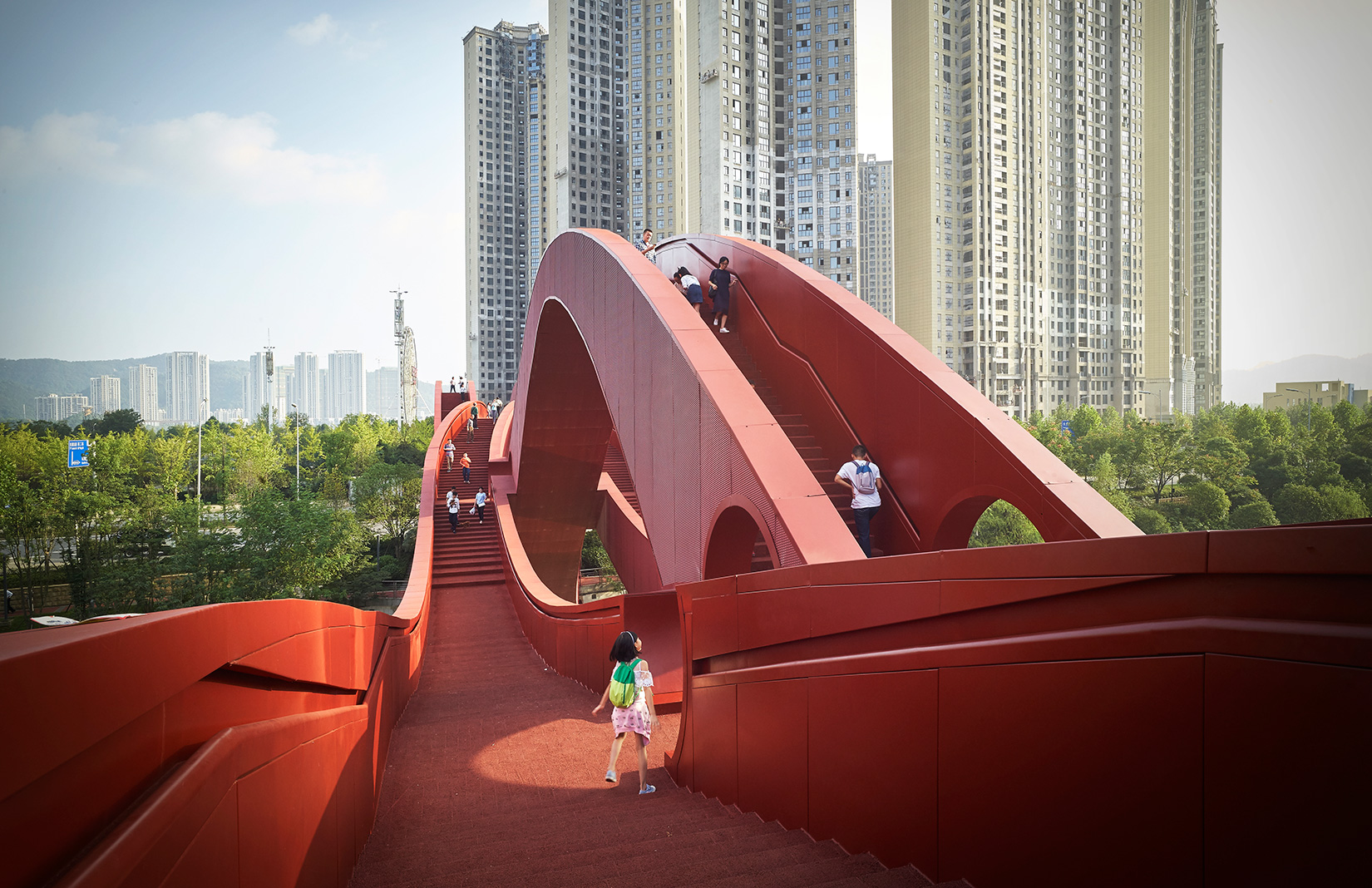Bridges have evolved far beyond mere infrastructure in today’s architecture and urban design. Loaded with symbolism, these feats of engineering can connect communities, cultures and industries, serving as two-way streets for local economies and public life.
But as their designs become ever more ambitious, sometimes their integrity gets sidelined. Bridges can easily become over-elaborate vanity projects with bloated budgets to match.
Here we’ve selected seven of the best bridge designs completed in the past five years that defy sky-high price tags in enhancing our experience of place.
Tabiat Bridge, Tehran, Iran
Designer: Leila Araghian
Cost: £13,000,000
Year of completion: 2014

Stretching 270m across the Modarres Highway that flows into the northern side of Tehran, the Tabiat Bridge comprises three floors and 10,000 cubic feet of undulating concrete teeming with gardens, leisure areas and endless vistas over the two sprawling parks it connects. With its roots in the Persian word for ‘nature’, Tabiat is inspired by architect Leila Araghian’s interest in architecture’s capacity to surprise and slowly reveal itself through the act of wandering.
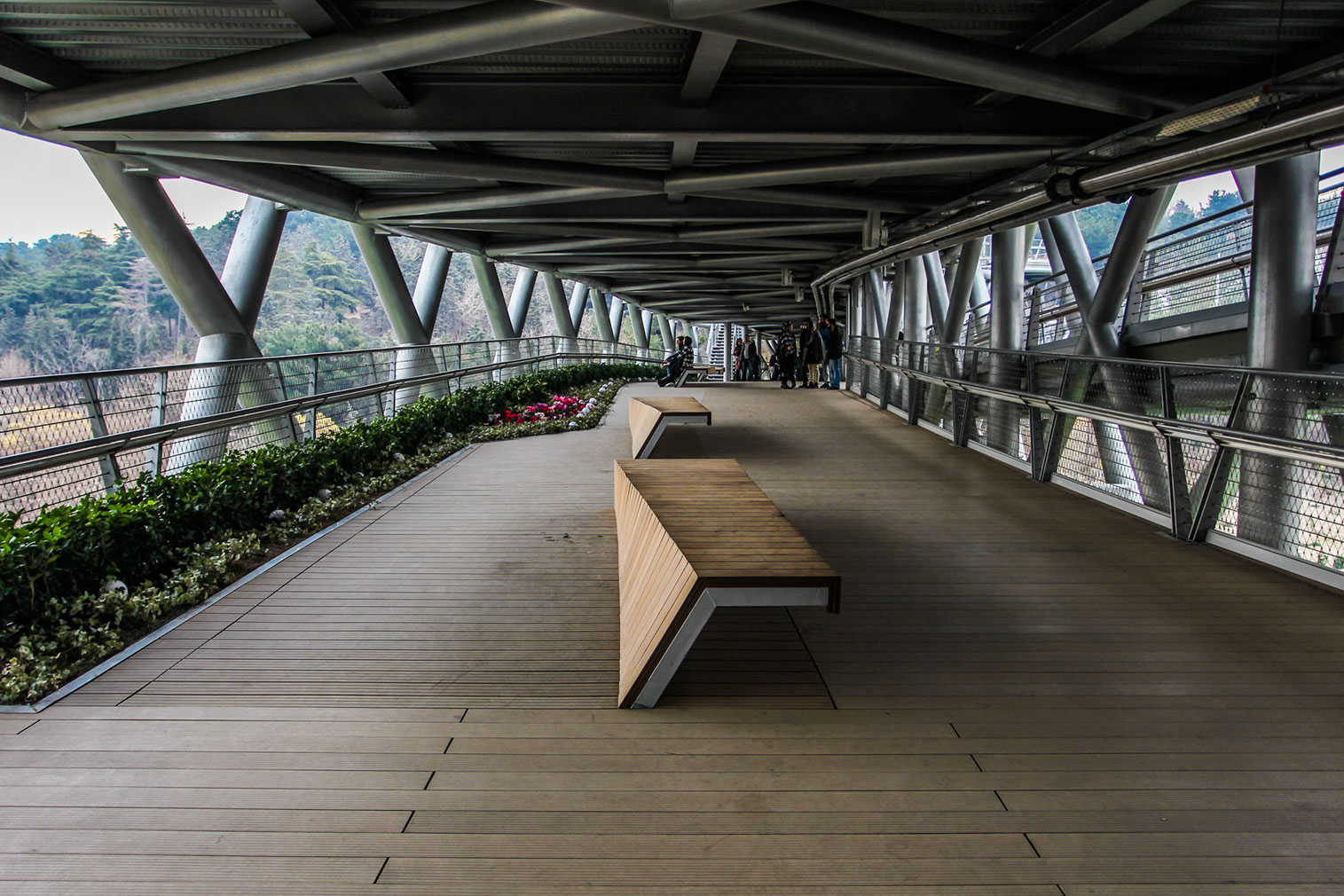
‘Bridges have always been close to the heart of the Iranian architectural identity,’ Araghian explains, referencing the 500-year-old Khaju Bridge at Isfahan that remains a popular leisure site to this day. By folding together historical references with geography, the Tabiat Bridge ‘is not just a structure to connect one point to another, but also a place to hang around, contemplate, and enjoy’.
Sunken Bridge (Moses Bridge), Halstern, Netherlands
Designed by RO&AD Architecten
Cost: £200,000
Year of completion: 2016
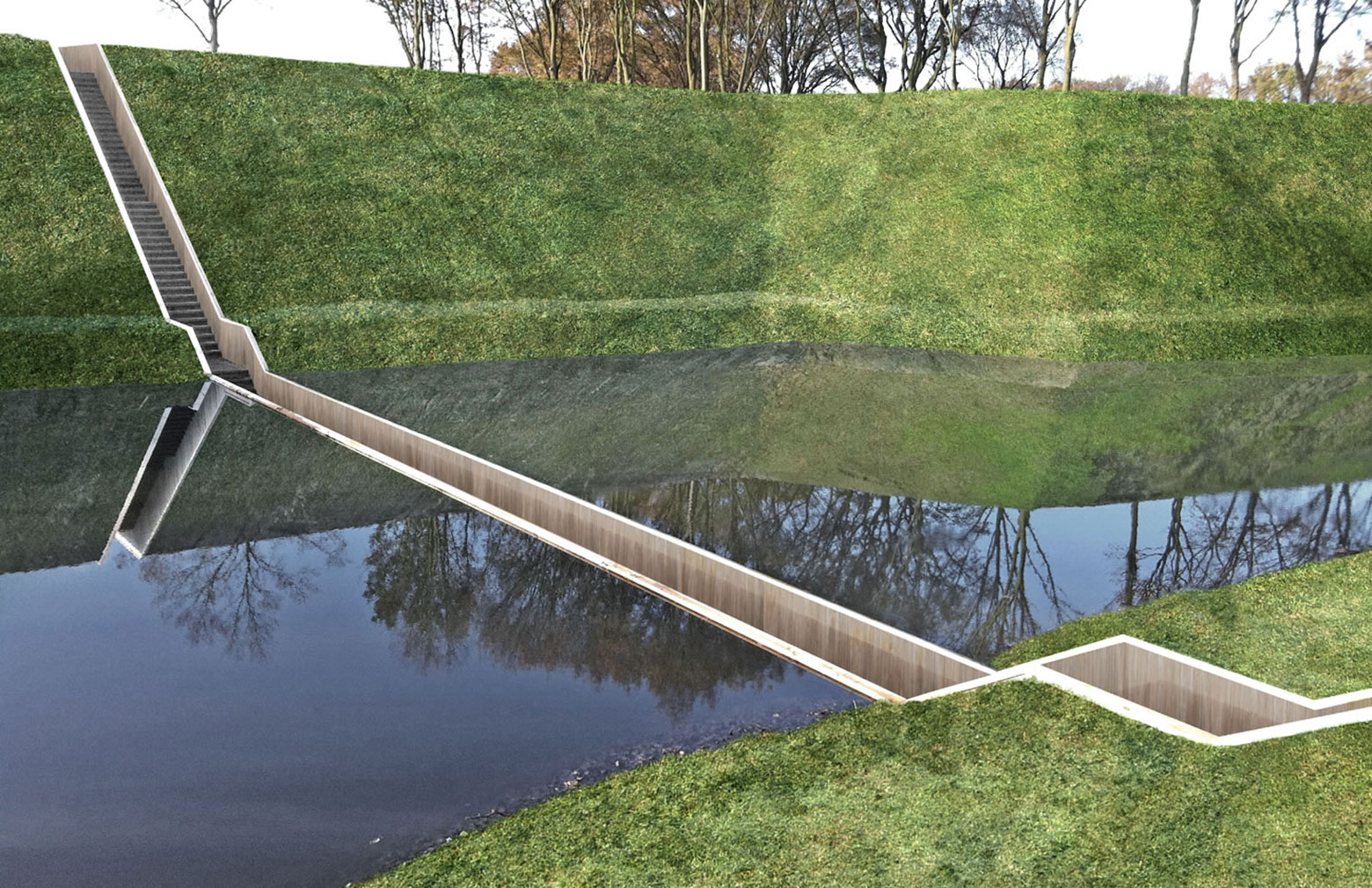
Invisible from a distance, Dutch studio RO&AD’s Moses Bridge is made entirely from salvaged wood waterproofed with EPDM foil. It traces the original defense-line pathway of a 17th-century fortress within the south-west of the Netherlands, now used a public recreation centre.
Taking its design inspiration from local history, the bridge’s ghostly presence flickers in and out of sight based on the viewer’s presence on the home side or enemy bank of the ex-fort. As pedestrians dip down into the hidden trench, they are granted a sublime experience of literally walking between bodies of water.
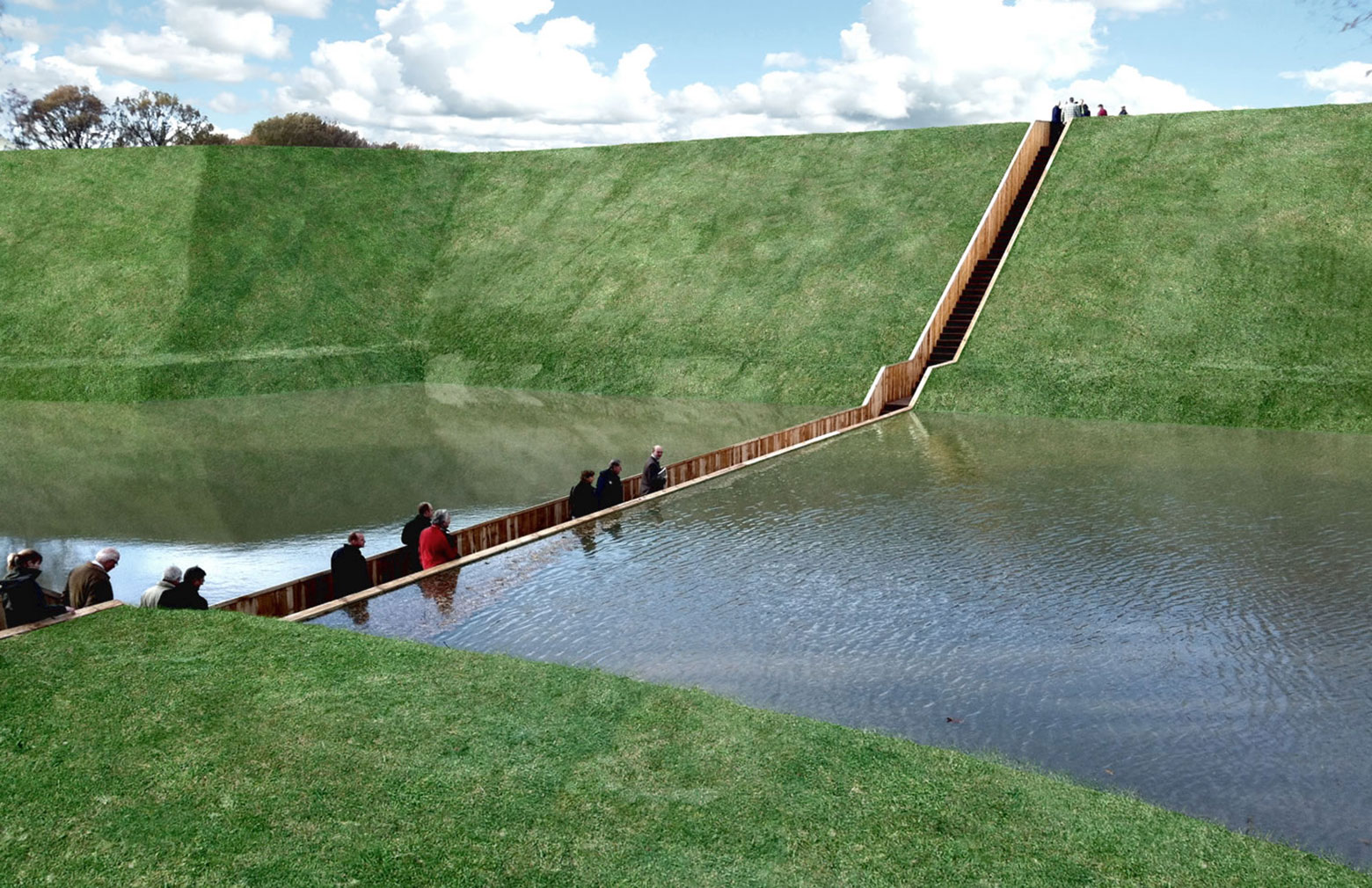
‘When you get closer, the fortress opens up to you through a narrow trench,’ explain RO&AD’s founding principals, Ad Kil and Ro Koster. ‘You can then walk up to its gates like Moses on the water.’
Laguna Garzón Bridge, Uruguay
Designer: Rafael Viñoly
Cost: £8,800,000 (± £7,800,000 privately funded)
Year of completion: 2015
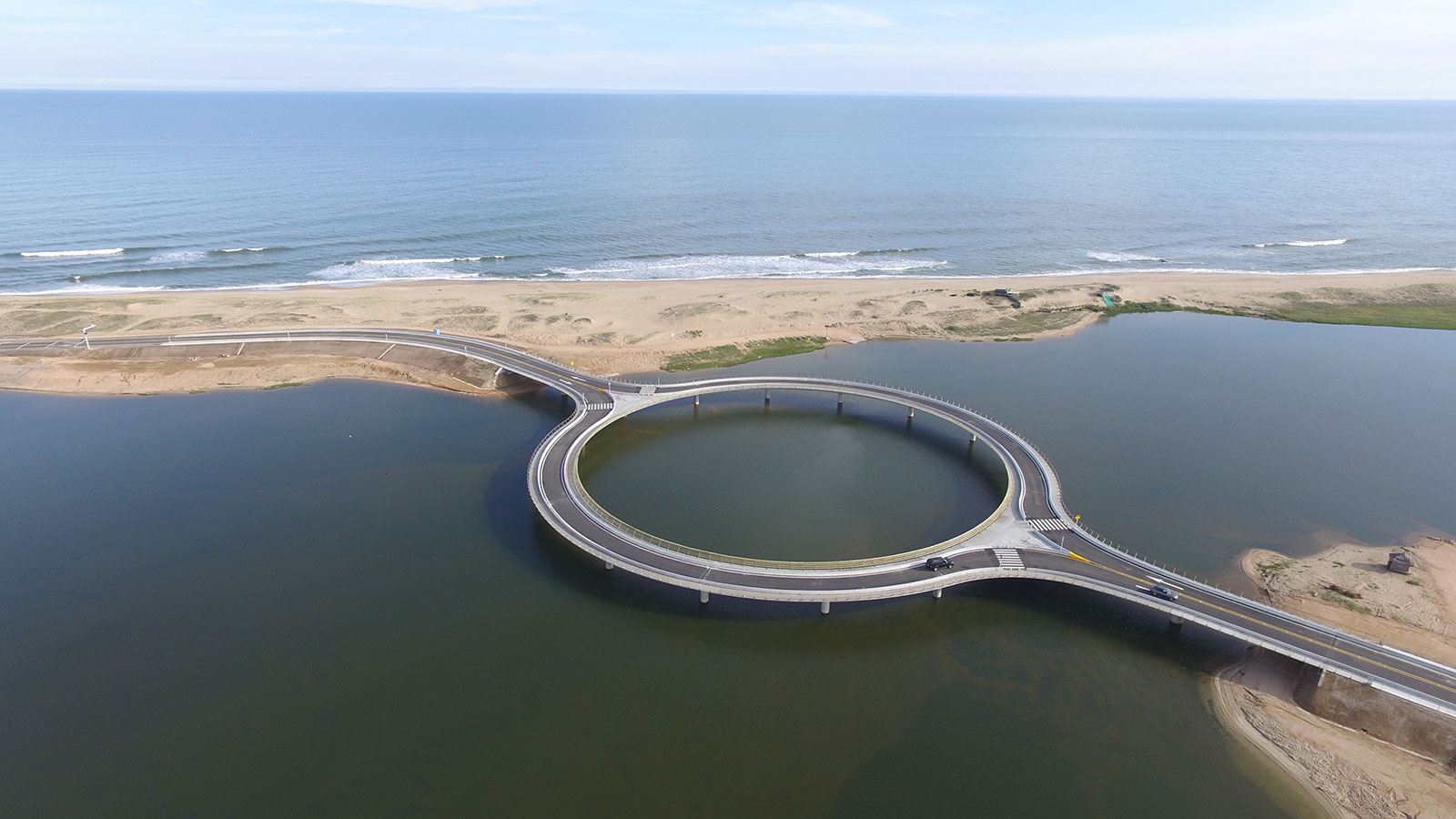
This circular bridge designed by Rafael Vinõly Architects spans a coastal lagoon in southeastern Uruguay. Its ingenious shape not only increases the efficiency of the structure as infrastructure but also promotes the least disturbing environmental impact possible. By slowing down traffic, it breaks the logic of a linear movement, and instead allows a singular panoramic experience of natural beauty. Pedestrians are welcome to fish, lounge, and swim in the lagoon-inside-a-lagoon created below.
Lucky Knot Bridge, Changsha, China
Designer: NEXT Architecture
Cost: £5,800,000
Year of completion: 2016
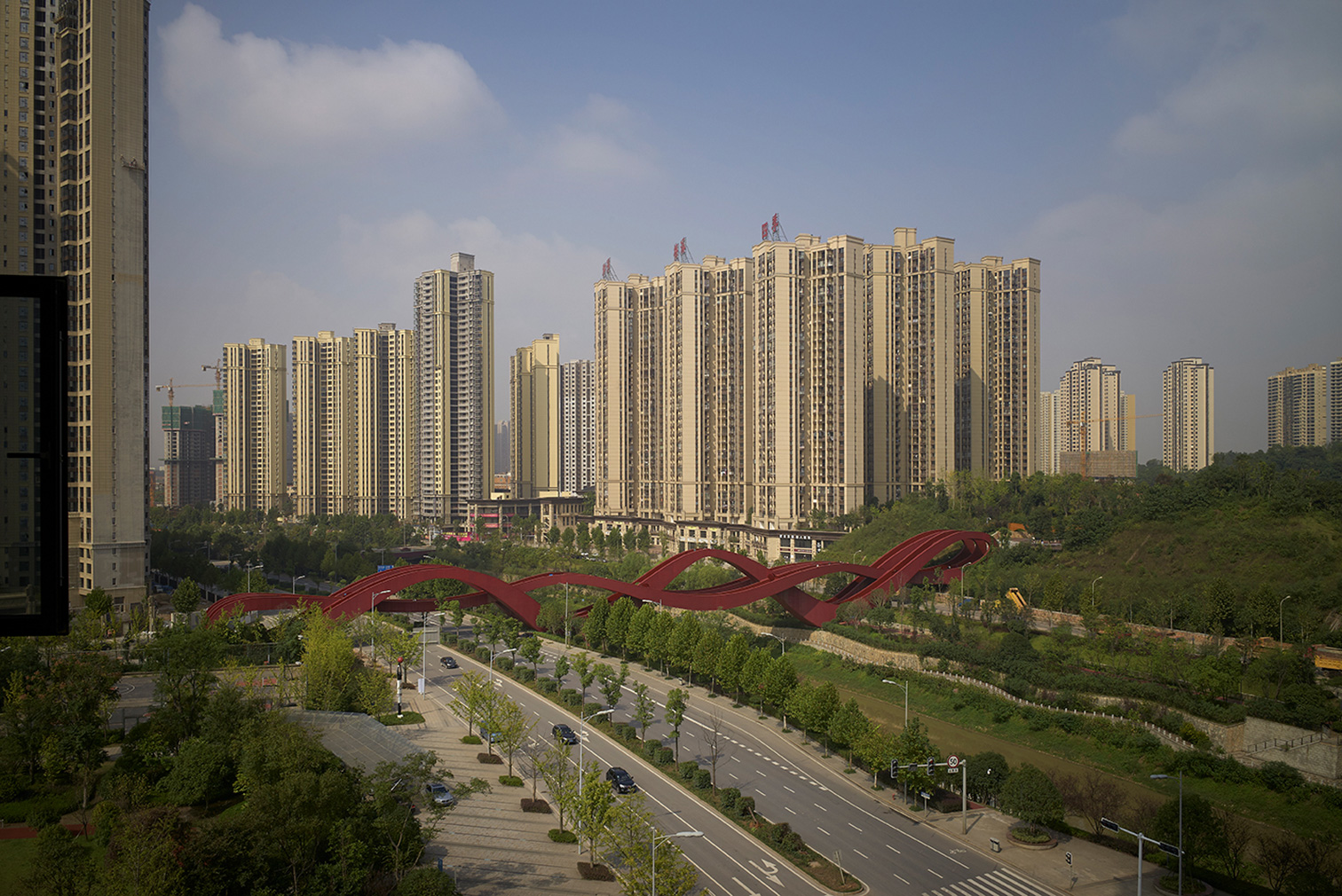
‘“Connecting” and working in a cross-disciplinary manner is the red thread that runs through all of our projects,’ says the NEXT team. Its Lucky Knot Bridge is joint effort between the studio’s Amsterdam and Beijing-based teams, blending Dutch expertise in infrastructure and water management with the Chinese team’s knowledge of local environment and structural skill.

The bridge’s design takes after the Möbius ring motif as well as the Chinese knotting art. Winding passages literally knot together across the Dragon King Harbor River while the bridge’s bold coloration makes it pop against the megalopolis behind.
The Belvedere Bridge, Copenhagen, Denmark
Designer: SLA
Cost: £340,000
Year of completion: 2016
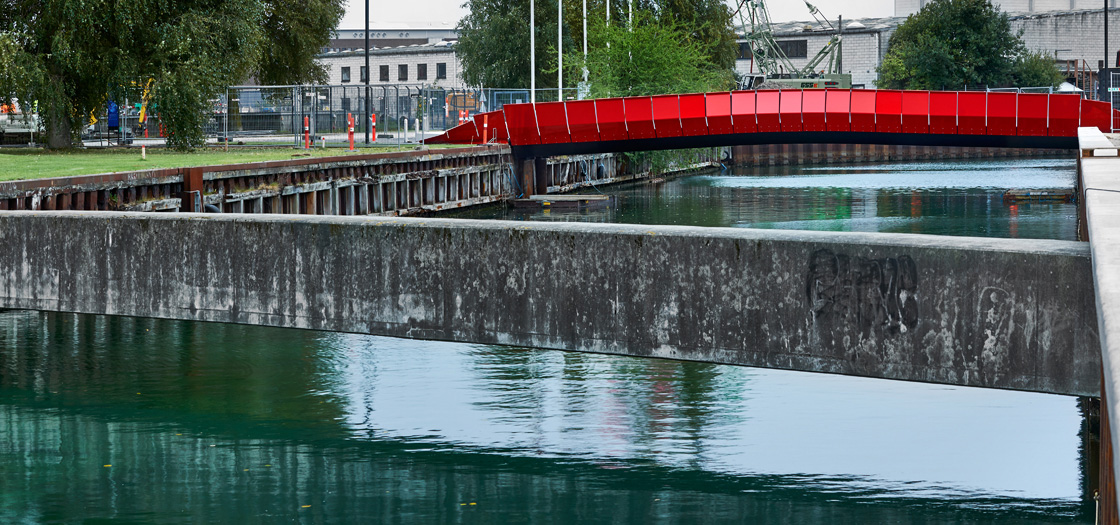
A compact design that uses its small budget wisely, the Belvedere Bridge is inspired by principles of origami and made from folded sheet steel. It follows a wing-like design that produces a ‘light and ephemeral sensation in comparison to the heavy materials used,’ says Copenhagen-based SLA Arkitekter’s founding principal Stig L Andersson. The bridge’s black rubber lining minimises commuter noise for the hundreds of pedestrians and cyclists who cross it every day.
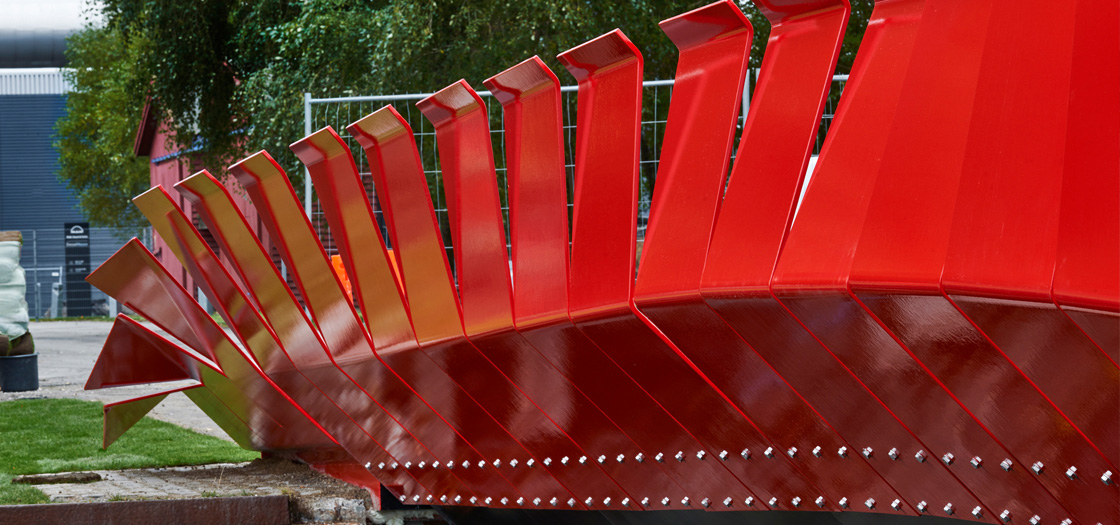
This contrast is harmonised by the bridge’s external colouration – the so-called ‘Rouge Louboutin’, created by the French shoe designer Christian Louboutin – which engages with the nearby red bricks and rust-coated steel façades in this industrial quarter of Copenhagen.
Trollstigen Tourist Route, Norway
Designer: Reiulf Ramstad Architects
Cost: £19,000,000
Year of completion: 2012
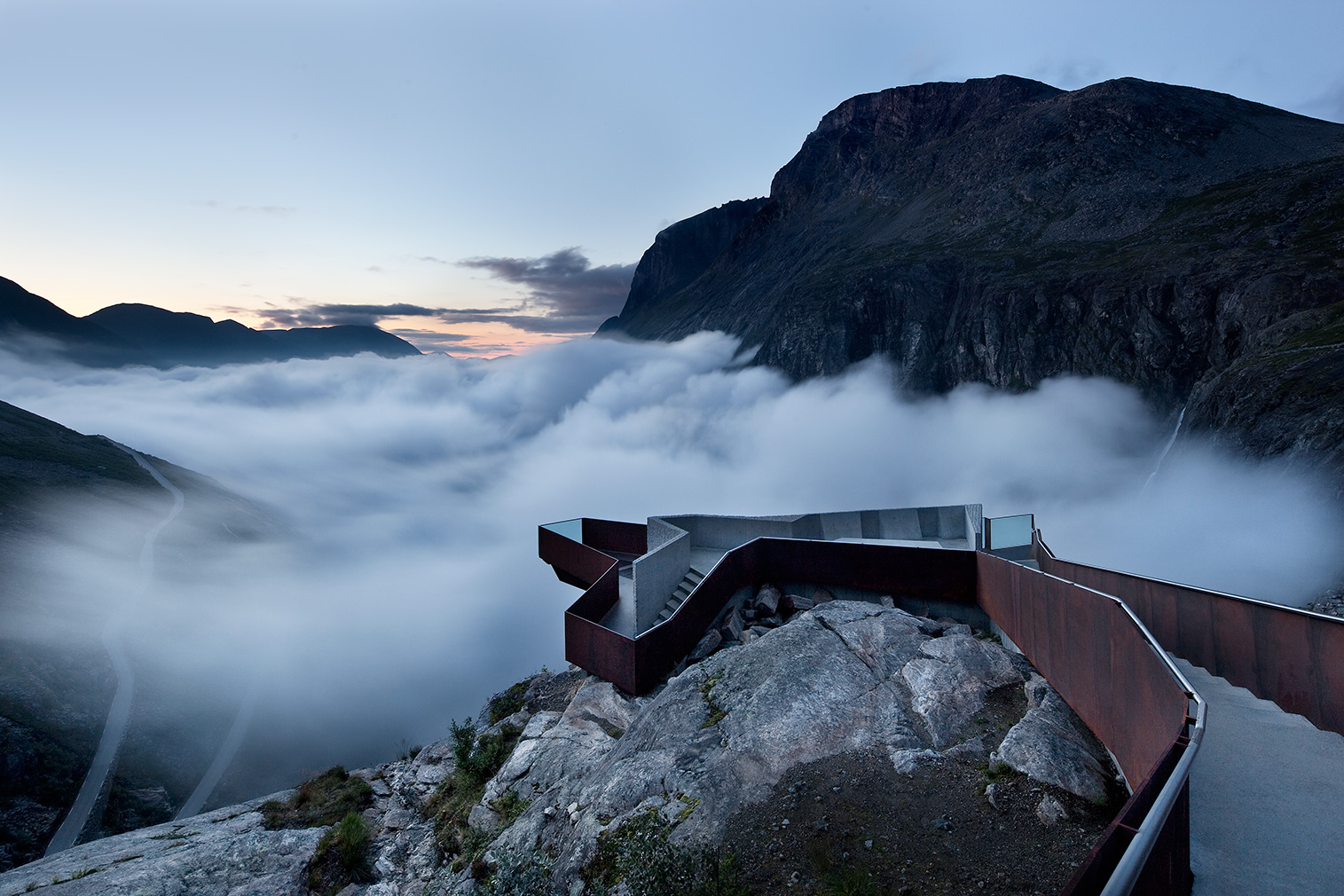
Constructed from Cor-ten steel – a favoured material of the American minimalist sculptor Richard Serra – as well as poured-in-place concrete, the Trollstigen tourist route finds aesthetic harmony with the dramatic landscape it frames and interacts with. Its architectural intervention gives approximately 600,000 visitors and 100,000 cars panoramic views of Norway’s majestic fjords each summer.
Havøysund Tourist Route, Norway
Designer: Reiulf Ramstad Arkitekter
Cost: £1,000,000
Year of completion: 2012
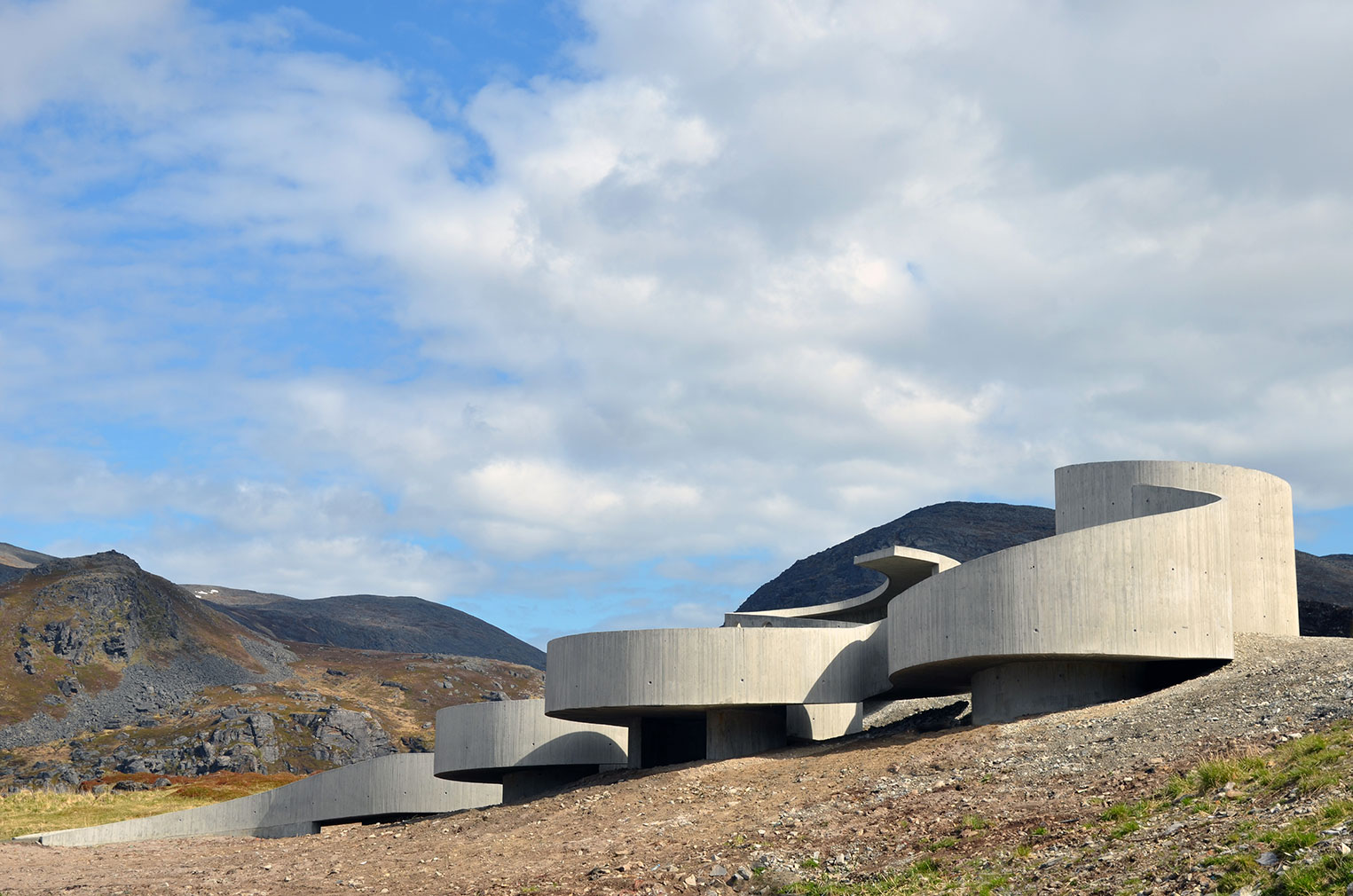
As the Nordic coast changes topography, so too does the materiality of RRA’s nexus of passageways. Stretching across the edge of the Arctic ocean, the serpentine flow of this concrete structure creates a seamless transition from Kokelv and Havøysund’s ragged cliffs to the icy water body it straddles. Based on the organic form of seashells, this structure offers universal access to a roadside stop that rises like an oasis emerging in an otherwise barren landscape.
Read next: How museums are becoming workout hubs




